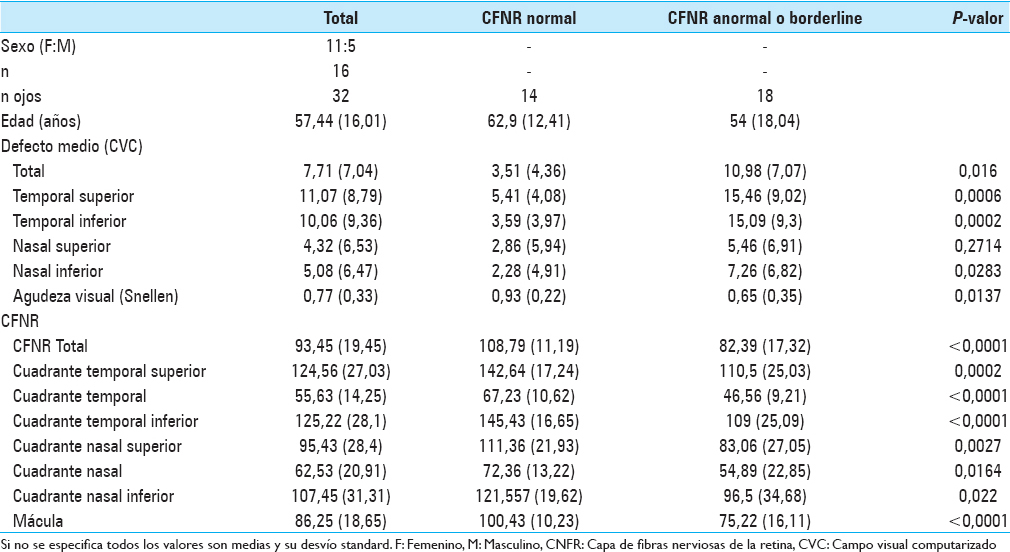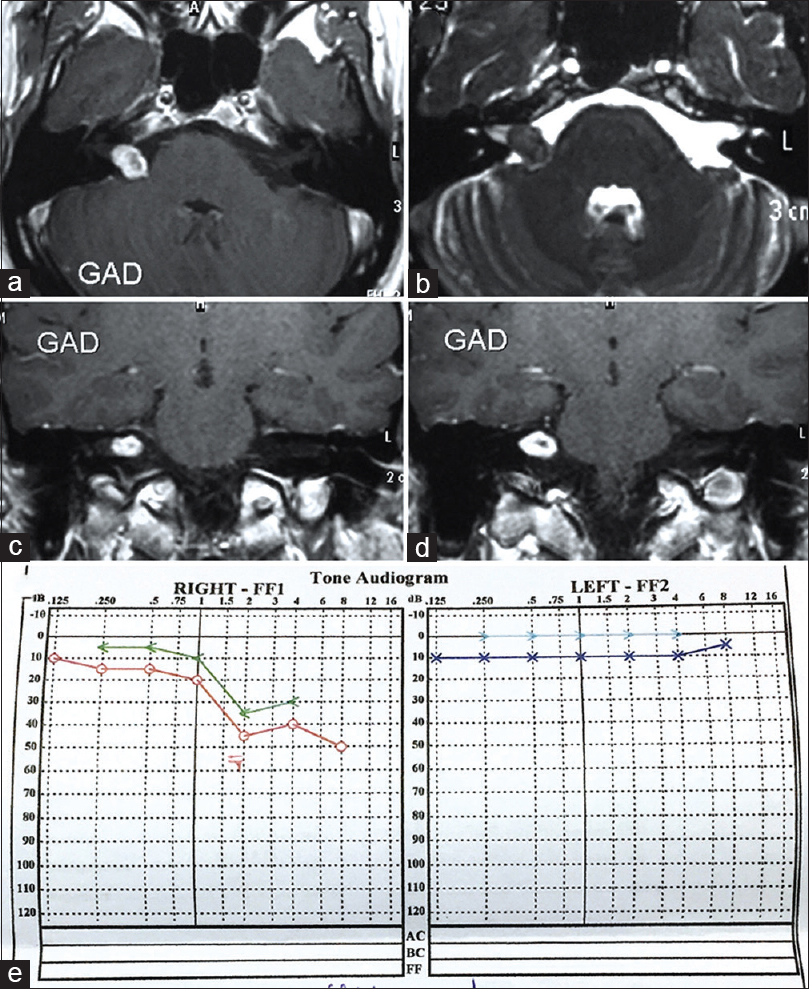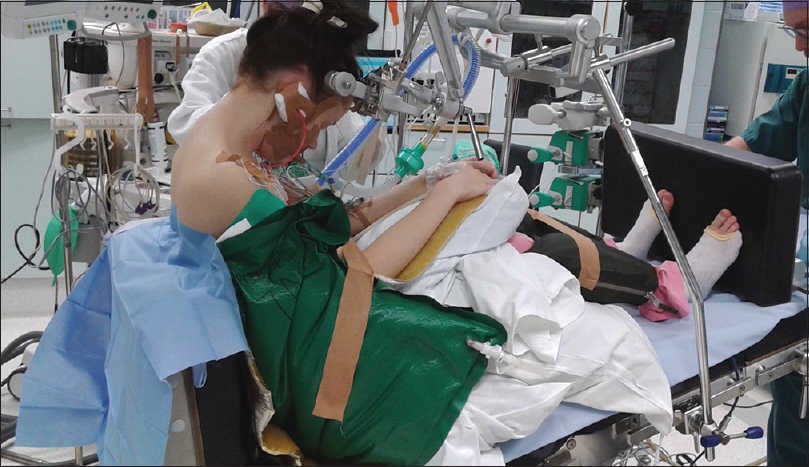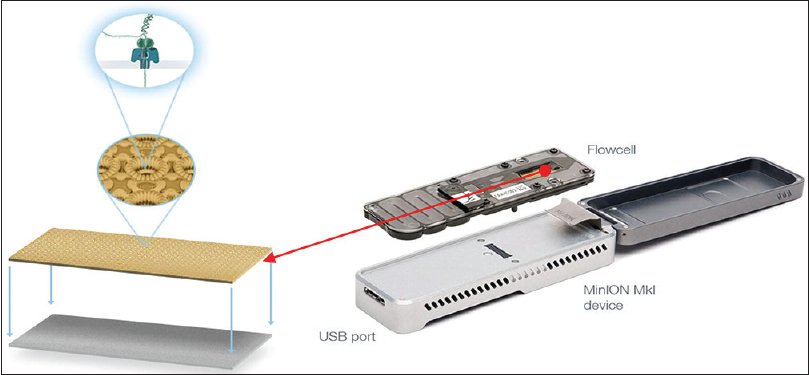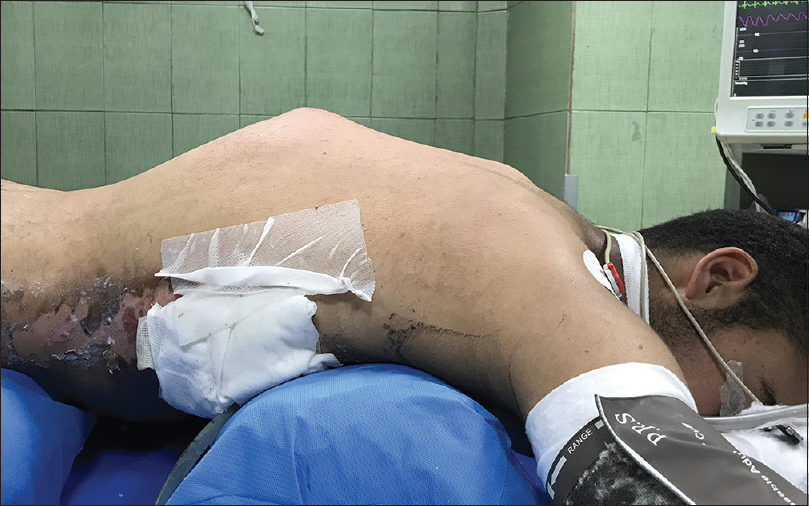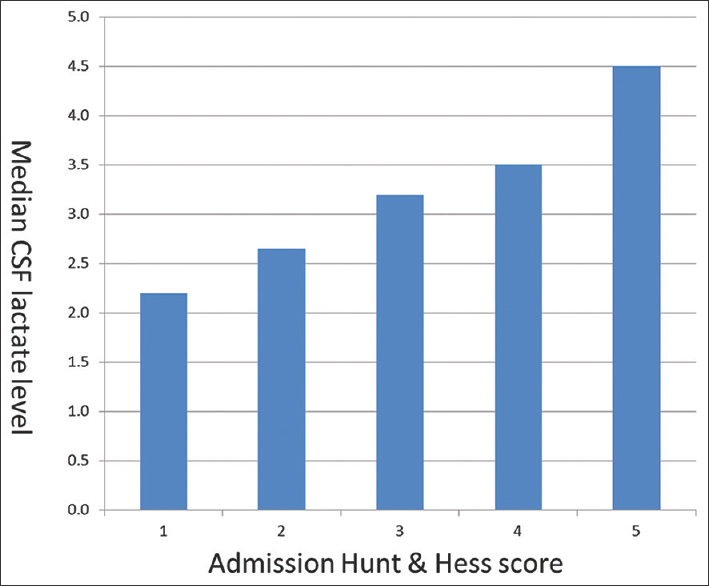One burr-hole craniotomy: Upper retrosigmoid approach in helsinki neurosurgery
Date of publication: 14-Aug-2018
Background:In this video-abstract, we present a one burr-hole craniotomy for the upper retrosigmoid approach developed in Helsinki Neurosurgery to access the lateral cerebellar hemisphere, the cerebellopontine angle, and lateral skull base (e.g. including the posterior petrous bone). This approach may be utilized to manage tumors of the lateral posterior fossa and to perform microvascular cranial nerve decompression of the V or VII cranial nerves. The upper portion of the vertebral-posterior cerebral artery complex, and the anterior inferior cerebellar artery may also be accessed with this technique. Even though the specific location and size of the lesion may vary, this approach accesses all mentioned structures with a very minimal variation.
One burr-hole craniotomy: Supracerebellar infratentorial paramedian approach in Helsinki Neurosurgery
Date of publication: 14-Aug-2018
Background:In this video abstract, we present a one burr-hole craniotomy for the standard supracerebellar infratentorial (SCIT) paramedian approach developed in Helsinki Neurosurgery for the microsurgical management of pineal region lesions, tentorial meningiomas, as well as arteriovenous malformations, aneurysms, and intrinsic tumors of the superior surface of the cerebellum. In this regard, the use of praying sitting position in Helsinki Neurosurgery, which is a more ergonomic variant of the classic sitting position, offers several advantages such as lower intracranial pressure, good venous outflow, gravitational retraction, and straight anatomical orientation.
Tomografía de coherencia óptica como predictor de recuperación visual en pacientes con macroadenomas hipofisarios
Date of publication: 13-Aug-2018
Introducción:Los macroadenomas hipofisarios tienen una elevada incidencia de pérdida visual como consecuencia de la compresión de la vía óptica. La tomografía de coherencia óptica (TCO) ha sido descripta como un factor pronóstico de recuperación. Nuestro objetivo es evaluar si la TCO puede predecir los resultados de recuperación visual.
Fresado de la fosa subarcuata para liberar la arteria cerebelosa anteroinferior en una cirugía de un Schwannoma vestibular
Date of publication: 13-Aug-2018
Introducción:El abordaje suboccipital retrosigmoideo es la vía principal para la resección de los Schwannomas vestibulares (SV). La relación vascular más constante de los nervios del conducto auditivo interno es la arteria cerebelosa anteroinferior (ACAI); pudiendo su recorrido presentarse como un serio obstáculo para la resección completa de la lesión.
Venous air embolisms and sitting position in Helsinki pineal region surgery
Date of publication: 10-Aug-2018
Background:Nowadays, the sitting position has lost favor among neurosurgeons partly due to assumptions of increased complications, such as venous air embolisms (VAEs) and hemodynamic disturbances. The aim of our study is to describe the importance of some anesthetic considerations and the utility of antigravity trousers as well, together with a skillful neurosurgery and an imperative proper teamwork, in order to prevent the risk of severe VAE during pineal region surgery. We routinely use them for the variant of the sitting position we developed, the “praying position.”
MinION rapid sequencing: Review of potential applications in neurosurgery
Date of publication: 10-Aug-2018
Background:Gene sequencing has played an integral role in the advancement and understanding of disease pathology and treatment. Although historically expensive and time consuming, new sequencing technologies improve our capability to obtain the genetic information in an accurate and timely manner. Within neurosurgery, gene sequencing is routinely used in the diagnosis and treatment of neurosurgical diseases, primarily for brain tumors. This paper reviews nanopore sequencing, an innovation utilized by MinION and outlines its potential use for neurosurgery.
One burr-hole craniotomy: Lateral supraorbital approach in Helsinki Neurosurgery
Date of publication: 10-Aug-2018
Background:In this video abstract, we present a one burr-hole craniotomy for the standard lateral supraorbital approach (LSO) developed by Helsinki Neurosurgery. This is a more aesthetic variant of the classic pterional approach. Presently, the LSO approach is most commonly used at our institution. With the LSO technique, the temporal muscle is just minimally opened close to its superior insertion. Posterior and temporal extension of the craniotomy, furthermore, allows adequate access to the anterior skull base, the sellar and suprasellar regions, the middle cranial fossa, the anterior portion of the Sylvian fissure, and the distal Sylvian fissure. Even though the specific location and size of the lesion may vary, this approach accesses all mentioned structures with a very minimal variation.
Traumatic thoracic spine spondyloptosis treated with spondylectomy and fusion
Date of publication: 10-Aug-2018
Background:There are multiple surgical treatment options for traumatic thoracic spine spondyloptosis, a three-column spinal injury typically attributed to high-energy trauma.
Transforaminal epidural steroid injection can result in further neurological injury in a patient with severe foraminal stenosis and nerve impingement
Date of publication: 10-Aug-2018
Background:Chronic low back pain (LBP) is highly prevalent and costly in our society. The use of epidural steroid injections (ESIs) for the treatment of radicular LBP is very widespread and continues to rise. The most popular injection is the lumbar/sacral transforaminal epidural steroid injection (TFESI). Here, we present a serious neurological complication resulting from such a TFESI that was only reversed by timely neurosurgical intervention.
Utility of cerebrospinal fluid lactate in aneurysmal subarachnoid hemorrhage
Date of publication: 03-Aug-2018
Background:An external ventricular drain (EVD) treats hydrocephalus in patients with aneurysmal subarachnoid hemorrhage (aSAH). This study examines the utility of cerebrospinal fluid (CSF) lactate collected from an EVD as a proposed biomarker to predict patient outcome and vasospasm/delayed cerebral ischemia.


